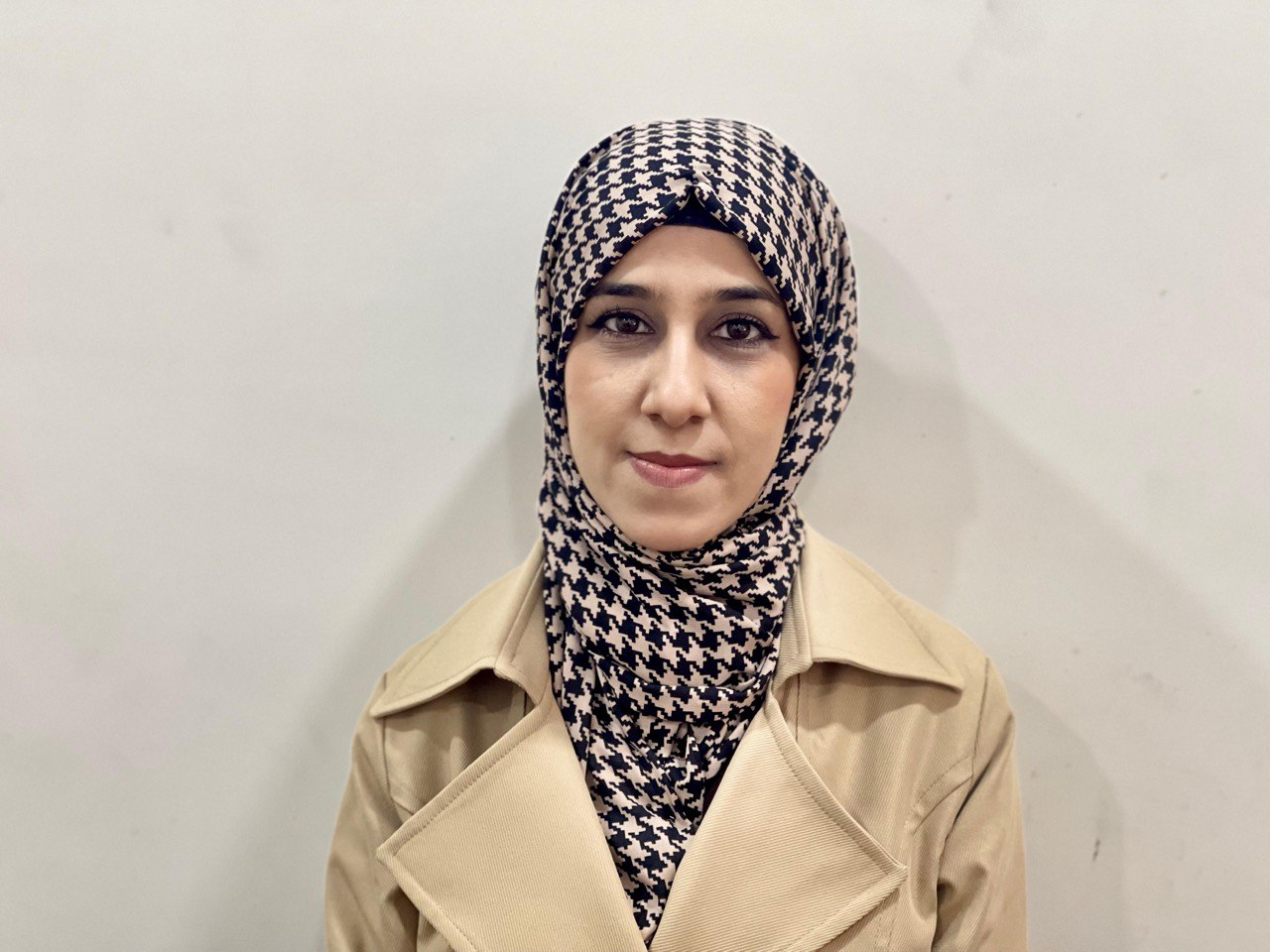
manar mohammed noori
Research Interests
| Gender | FEMALE |
|---|---|
| Place of Work | Technical Engineering College/ Kirkuk |
| Department | Power Mechanical Engineering Techniques |
| Position | Assist lecturer |
| Qualification | Master |
| Speciality | Thermal engineering techniques |
| manarmohammed@ntu.edu.iq | |
| Phone | 07706122332 |
| Address | taza, kirkuk, kirkuk, Iraq |
Skills
matlab (10%)
turkish language (100%)
Arabic language (90%)
English language (60%)
Working Experience
kindergarten [manager]
Sep 1, 2021 - Jun 30, 0004school management
Publications
Assessing the Impact of Cavity Structure on Collector and Using PCMs on Solar Chimney Power Plant Performance
Apr 1, 2025Journal nternational Journal of Heat & Technology
publisher Manar Mohammed, Moharram Jafari, Faramarz Ranjbar, Leili Garousi Farshi
Issue 0392-8764
Volume 43
In the present study, the impact of the type of phase change material (PCM) and the type of cavities created on the collector of a solar chimney power plant (SCPP) on power output has been investigated, numerically. The structure of the cavities applied is a rectangular shape and triangular shape, which have the same and constant size. Also, two types of PCMs, paraffin wax, and SAT-G, have been used. To evaluate the performance of the SCPP, studies for thermal radiation of 700, 1000, and 1300 W/m2 have been conducted. The results reveal that with increasing heat flux, the output power increases. Also, the results obtained show that rectangular cavities create a stronger velocity field than triangular ones at the chimney base. In this regard, the solar power plant with rectangular cavities produces 30%, 32%, and 21% more power than the triangular case at heat fluxes of 700, 1000, and 1300 W/m2, respectively. In addition, the use of PCMs leads to the melting and storage of solar energy during the day. An examination of the melting process of PCMs indicates that the PCM of an SAT-G melts later than paraffin wax. In other words, SAT-G as a PCM stores more energy than paraffin wax.
Performance of solar pond integrated with photovoltaic/thermal collectors
Jan 11, 2020Journal Energy Reports
publisher Manar M Ali, Omer K Ahmed, Ehsan F Abbas
DOI https://doi.org/10.1016/j.egyr.2020.11.037
Volume Volume 6
This article aims to propose and study a new system design for renewable energy called photovoltaic/ solar pond. This new system involves cooling the arrays of the photovoltaic/thermal collectors, which are installed beside the salinity gradient solar pond with a heat exchanger that is installed behind each solar cell. Thermal energy gained by the photovoltaic/thermal collectors was stored in the heat storage zone using a heat exchanger system. An experimental assessment was performed to examine the thermal performance of the mini PV/solar pond. The experiments were carried out for five months, starting from September 2019 and ending in January 2020, in Kirkuk, Iraq. During this period, temperature, salinity, and power generation were recorded in real-time. The experimental results confirmed that the maximum total efficiency value of the system was 37.67% which was recorded in September. Besides, the highest value of the daily thermal efficiency was 30% for September, while the ultimate value of the daily electrical efficiency was 9.357% as recorded in December. The current result agrees well with other experimental studies in the same field.






